By SarhindTimes Legal Affairs Desk | Mumbai | Tuesday, October 21, 2025
In a case that has stirred debate over corruption and accountability in India’s tax administration, the Bombay High Court has granted interim protection from arrest to Abhishek Katiyar, a Superintendent in the Central Goods and Services Tax (CGST) department, who is facing allegations of demanding a ₹1-crore bribe.
The protection—effective until November 7, 2025—comes with strict conditions: Katiyar must cooperate fully with the Central Bureau of Investigation (CBI) and appear for questioning whenever summoned. The Court warned that any sign of non-cooperation could result in the withdrawal of relief.
The Case That Sparked the Controversy
The case originated when a businessman from Navi Mumbai alleged that certain CGST officials demanded ₹1 crore to “settle” an ongoing investigation into tax evasion.
The CBI registered a First Information Report (FIR) under relevant provisions of the Prevention of Corruption Act, naming three officials—one of them being Katiyar—and two intermediaries.
According to the complaint, the accused allegedly assured that, in exchange for the bribe, the businessman’s firm would not face punitive action or large penalties under GST law. The CBI laid a trap operation, but the primary transaction reportedly did not occur as planned, prompting investigators to rely heavily on electronic and witness evidence.
Courtroom Drama: Arguments on Both Sides
The matter was heard before Justice N.R. Borkar, who conducted a detailed session spanning over two hours.
Katiyar’s counsel, Advocate Rahul Narula, argued that the FIR was “malicious, premature, and built on conjecture.”
He contended that the accused officer was not part of any demand or negotiation and that his inclusion in the FIR appeared to be an “afterthought aimed at pressuring honest officers.”
Narula submitted that:
“The allegations stem from professional disagreements in the course of enforcement work. There is no material to suggest personal gain or illicit enrichment.”
On the other hand, CBI’s Special Public Prosecutor, Prakash Shetty, opposed anticipatory relief, stating:
“The officer has already been questioned once but has avoided submitting digital records and phone data. Custodial interrogation may be necessary to unearth the conspiracy.”
The Court’s Observations
Justice Borkar balanced both positions, noting that “allegations of corruption within revenue enforcement bodies strike at the root of public trust.”
However, he added that arrest should not be mechanical unless the agency demonstrates a clear need for custody.
The order stated:
“The petitioner shall appear before the Investigating Officer as and when required. He shall not influence witnesses or tamper with evidence. In the event of cooperation, arrest shall not be effected until November 7, 2025.”
The Court further directed the CBI to file a status report before the next hearing, summarizing progress made and evidence recovered.
Inside the CBI Investigation
Sources within the CBI confirmed that the agency has collected call records, WhatsApp chats, and CCTV footage from the businessman’s office where initial meetings allegedly took place.
Two other CGST officials were questioned last week, while one intermediary is already in judicial custody.
Preliminary findings suggest that the accused may have acted as a liaison between the taxpayer and higher-level officials.
A CBI officer speaking on condition of anonymity told Sarhind Times:
“The money trail is still being traced. We’re examining whether the alleged amount was demanded collectively or by individuals acting independently.”
Investigators are also analyzing whether any tax reassessment orders were modified during the period in question—a potential indicator of quid pro quo.
A Pattern of Accountability Issues
This is not the first time the CGST department has faced such allegations. Over the past three years, multiple corruption cases have surfaced in states including Gujarat, Tamil Nadu, and Maharashtra.
The Central Board of Indirect Taxes and Customs (CBIC) has consistently reiterated a “zero-tolerance” policy, yet the frequency of complaints suggests deeper systemic weaknesses—ranging from discretionary powers to lack of digital transparency in enforcement actions.
Legal scholar Dr. Bhavana Deshpande explains:
“GST reform simplified tax structures but not enforcement behaviour. Whenever officials have unchecked authority to interpret compliance, opportunities for rent-seeking arise.”
Reactions from Industry
Industry bodies such as the Federation of Indian Export Organisations (FIEO) and the All India Traders’ Federation (AITF) have expressed concern that such cases tarnish the credibility of tax administration.
FIEO’s regional head, Rajat Bansal, stated:
“Businesses already struggle with complex compliance. When corruption allegations surface within enforcement arms, it deepens mistrust and delays resolution.”
Several exporters have urged the government to digitize every audit and inspection step to eliminate discretion.
The Broader Legal Context
Under Section 7 of the Prevention of Corruption Act, 1988 (amended 2018), demanding or accepting any gratification other than legal remuneration constitutes an offence punishable by up to seven years’ imprisonment.
If convicted, the accused also faces departmental dismissal and forfeiture of pensionary benefits.
However, courts have repeatedly emphasized the need for prima facie proof of demand and acceptance—both must be established beyond reasonable doubt for conviction.
In landmark cases such as P. Satyanarayana Murthy v. State of Andhra Pradesh (2015) and N. Vijayakumar v. State of Tamil Nadu (2021), the Supreme Court ruled that mere recovery of money without proof of demand is insufficient.
Katiyar’s defence team is expected to lean heavily on these precedents in the next hearing.
CBI’s Tightrope: Between Public Trust and Procedural Fairness
For the CBI, the case presents a familiar dilemma—ensuring tough action without triggering judicial backlash for procedural lapses.
Recent high-profile acquittals in corruption cases have prompted internal reviews on evidence collection and sanction procedures.
A retired CBI director noted:
“We can’t afford a perception that anti-corruption probes are witch hunts. Every case must withstand scrutiny under both law and optics.”
The agency is now digitizing case files and standardizing forensic protocols to improve credibility.
Impact on CGST Morale
Within the tax department, reactions are mixed.
Some officers privately sympathize with Katiyar, describing him as “a tough but fair enforcer,” while others fear the scandal may taint the entire cadre.
An internal memo circulated by the Principal Chief Commissioner (Mumbai Zone) urged officers to maintain transparency in dealings and document every taxpayer interaction in official logs.
Union representatives, however, have asked for legal support to officers facing malicious complaints, arguing that not all allegations imply guilt.
Public Opinion: The Taxpayer’s Eye View
On social media, opinion remains divided.
While some citizens applauded the CBI’s vigilance, others demanded equal scrutiny of corporate actors who offer bribes.
#CleanTaxSystem trended briefly on X (formerly Twitter), with users calling for live-streaming of corruption trials to enhance transparency.
Many small-business owners shared frustration over “compliance fatigue” and “audit intimidation,” asking for reforms in how enforcement officers interact with taxpayers.
Expert View: Reform Through Technology
Policy think tanks suggest that the long-term solution lies in technology-driven transparency.
Suggestions include:
- Body cameras during audits and search operations.
- Automatic recording of official visits in GSTN logs.
- Public dashboards of pending investigations.
“Automation is the best antiseptic,” says Pratap Mehra, head of the Centre for Digital Governance.
“When systems, not individuals, make decisions, corruption loses oxygen.”
What Happens Next
The CBI has until November 7 to file its interim report.
If evidence of demand or benefit surfaces, the agency may seek to revoke protection and request custodial interrogation.
Conversely, if cooperation continues and no material links emerge, the High Court may consider extending relief or granting full anticipatory bail.
Katiyar, meanwhile, continues to hold his position but has been divested of field duties pending investigation.
The Finance Ministry’s vigilance division is monitoring the proceedings closely.
Legal Analysts Weigh In
Senior advocate Ujjwal Nikam commented to Sarhind Times:
“This order is neither exoneration nor condemnation—it’s procedural prudence. The judiciary is saying, ‘Show us the evidence, not headlines.’”
Legal observers point out that granting interim protection doesn’t undermine anti-corruption efforts; it merely ensures that due process is not overshadowed by sensationalism.
Conclusion: A Test Case for Integrity and Reform
The Katiyar case may prove to be a watershed moment for India’s enforcement agencies.
If handled transparently, it could restore confidence in both taxpayers and officers.
If mishandled, it risks reinforcing cynicism that the fight against corruption is selective and theatrical.
For now, the High Court’s message is clear: “Cooperate, don’t evade.”
And for India’s institutions, it’s a reminder that justice is not only about punishment—but about fairness under the glare of public scrutiny.











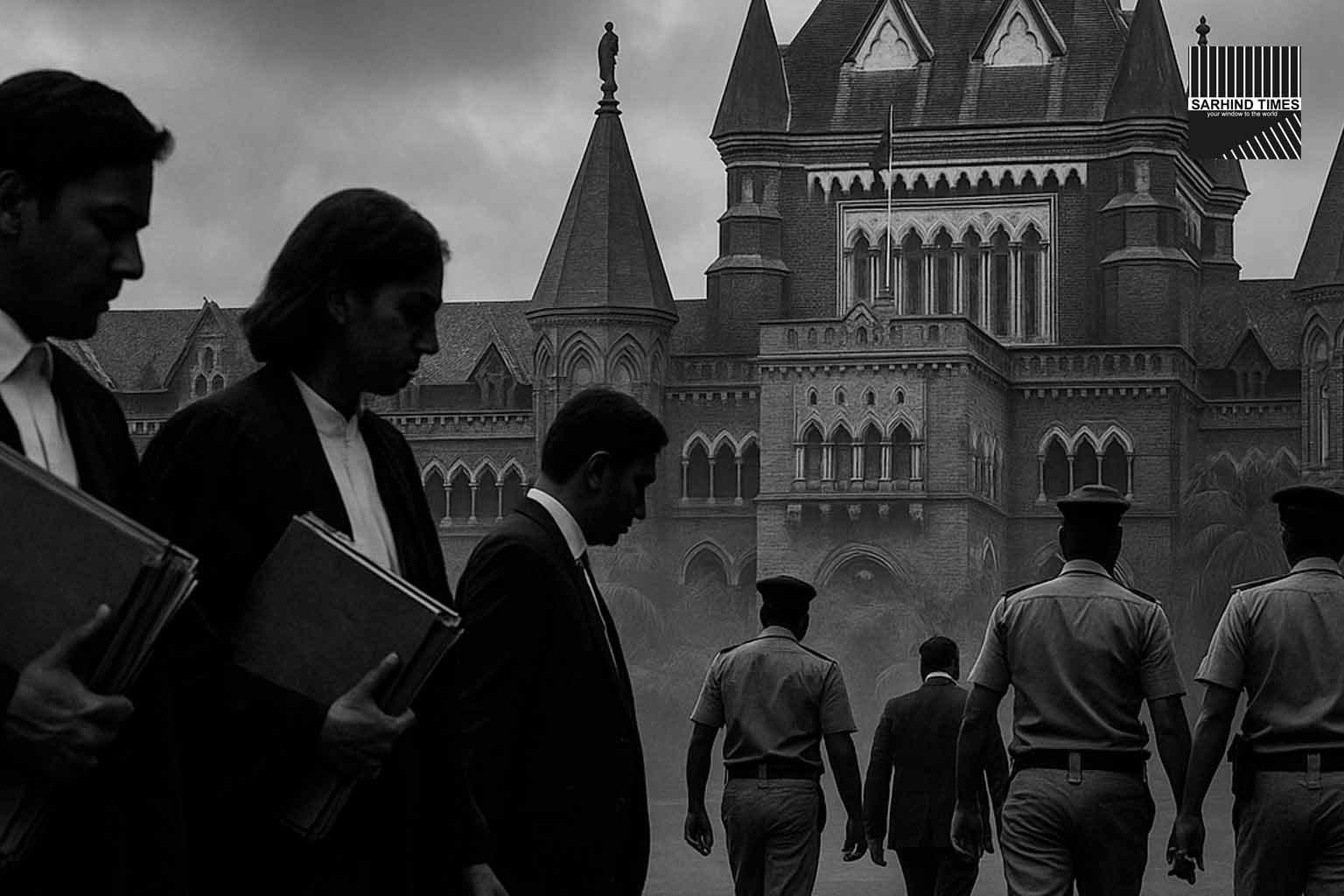


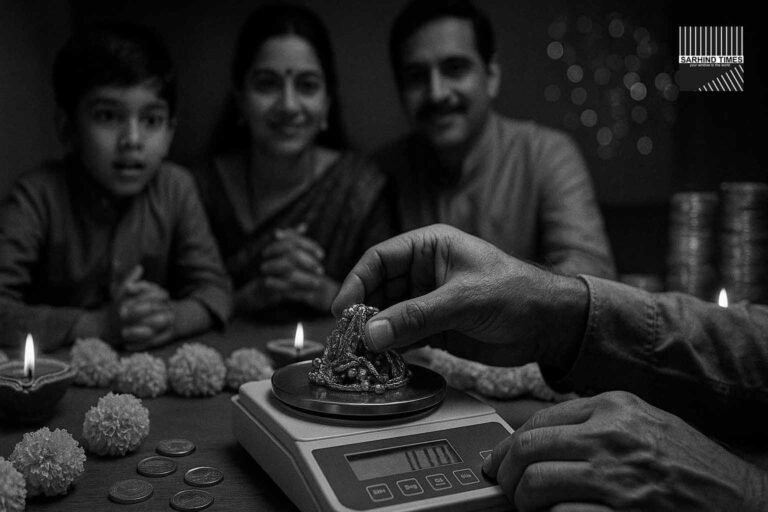
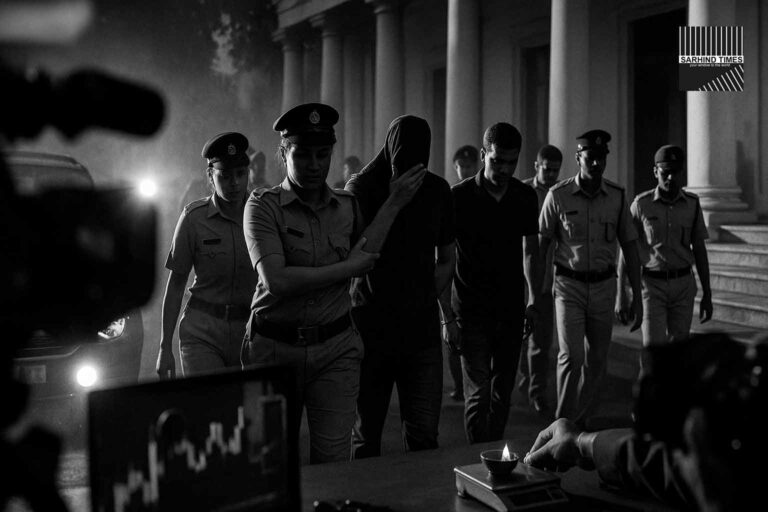

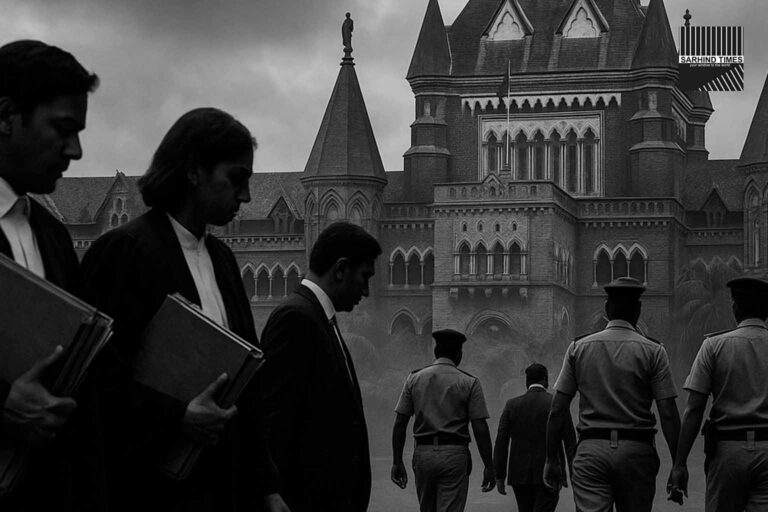
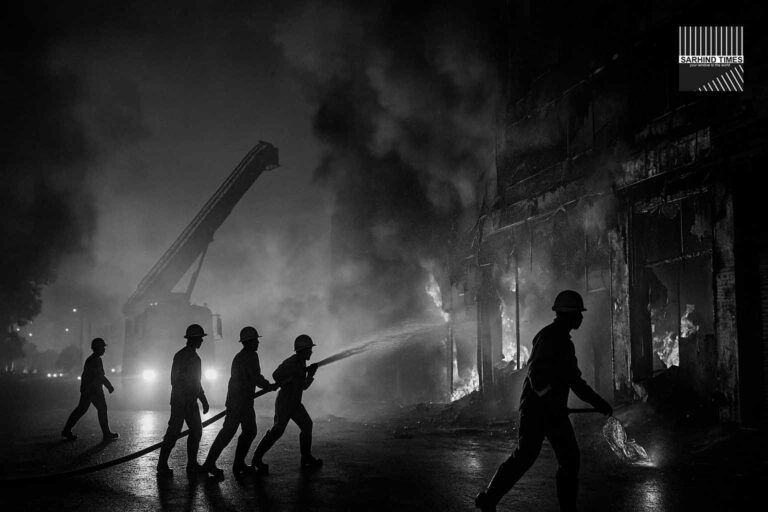

+ There are no comments
Add yours